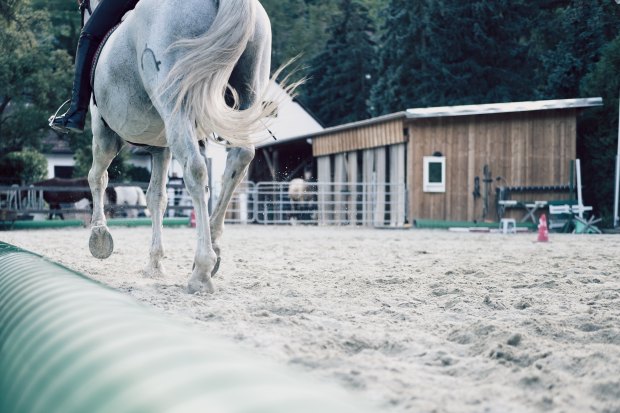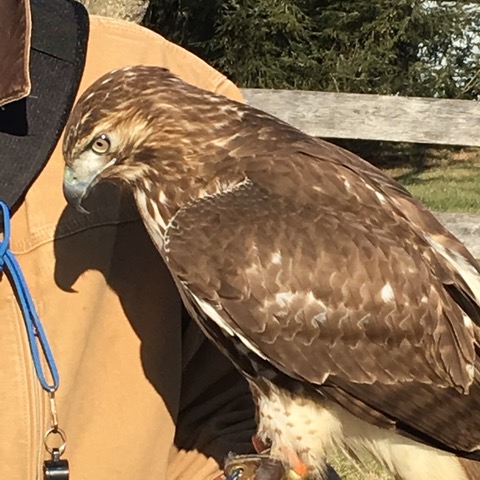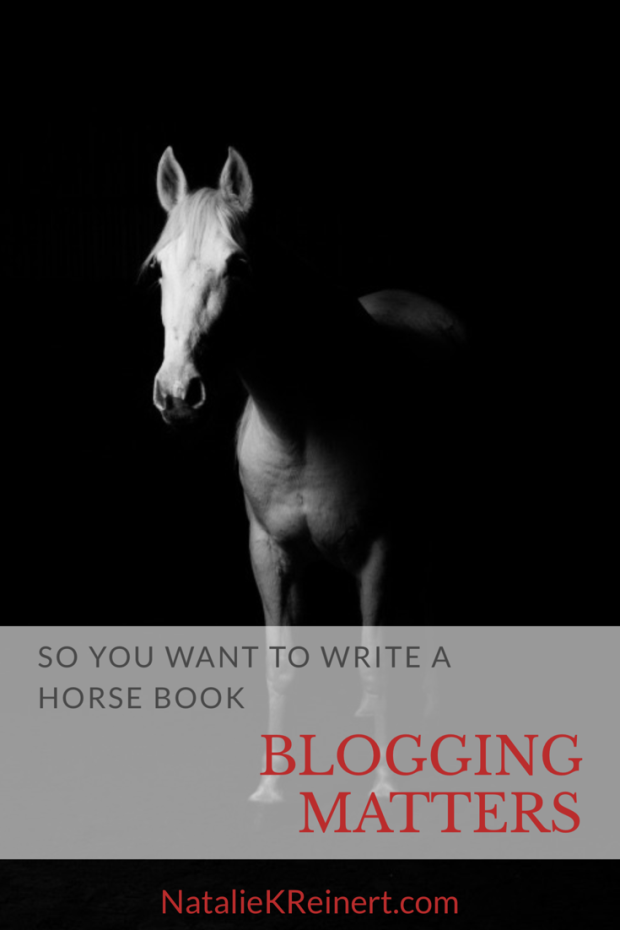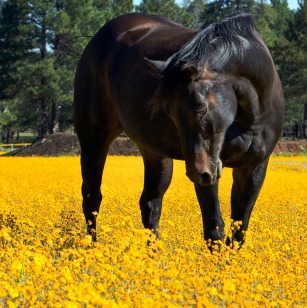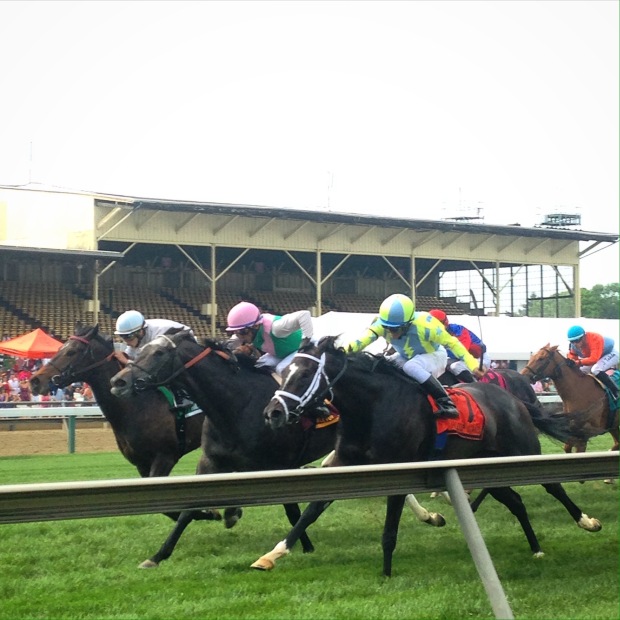Have you heard the news? My newest equestrian novel, The Hidden Horses of New York, is now available for pre-sale on Amazon! If you’re waiting for the paperback, you can order it along with the Kindle edition’s download date on November 26, 2019. I’m thrilled to share this story of friendship, the equestrian community, equine welfare and yes, a little romance with you. To get you started, here are the first thousand words of The Hidden Horses of New York.
Jenny jiggled the lead-shank to distract the three-year-old colt tugging at the other end, and tried to ignore the phone buzzing in her back pocket. Her mother’s gaze, sharp and unforgiving, caught hers from across the saddling ring, and Jenny felt the force of her warning: don’t touch that phone while you’ve got hold of a horse. It was one of Andrea Wolfe’s most ferociously-enforced rules. Once, she had taken a rider’s phone right out of his hands and thrown it with the power and grace of a pitcher. The phone had landed in the cattail-choked drainage ditch running along the inside of Sugar Creek Farm’s training track and was never seen again.
“Settle,” Jenny hissed at the colt, who rolled one wild eyeball at her and flared his nostrils, tossing his head towards her face. For an instant her vision was a blur of black skin, ringed inside with red. The colt’s sleek coat was graying out slowly, his neck and body spangled with white-ringed dapples and his mane a cloud of black. Jenny remembered when he’d been born, a fox-colored colt blinking owlishly through spectacles of pale hair, a dead giveaway that this pretty little chestnut would grow up to be a gray.
Jenny jerked back to the present and gave the lead-shank in her hands a tug to remind him not to get so personal. The colt straightened out and they kept on walking in their tight circles, using every inch of the space they’d been allotted. The walking ring of Tampa Bay Downs was tight; the little crowd of spectators pressing in so closely that Jenny was sometimes afraid even the rail keeping them back from the horses was still not far enough away to protect them from a kick. As a rule, hot-blooded young Thoroughbreds were not malicious. But they were in a hurry to get moving, and indiscriminate with where their flying hooves ended up.
Jenny’s phone was buzzing again, furiously rattling against the thin chest pocket on the flowing blue blouse she’d paired with her race-day khakis. She desperately wanted to answer it, wanted to see her friends’ silly faces and hear their stupid voices so much, and she was crazy to find out what had happened with their final presentation, if Professor Mulvaney thought their idea was any good or if they were just a bunch of idealistic kids (which Jenny did not think was a bad thing, not yet). They needed his buy-in if they were going to get anywhere. Lana’s father had been determined on that point. He wasn’t giving them a dime otherwise.
The loudspeakers crackled as if they were clearing their metallic throats, and then the feed from the track’s resident commentator took over the sound of jingling metal and thudding hooves. He was standing near the paddock with his back to the horses, a small burly man in a three-piece suit that strained at the arms, wraparound sunglasses and gel-stiffened blonde hair competing with his swirling tribal neck tattoos for attention. Jenny always thought he looked like a cross between a professional skateboarder and Guy Fieri. He spoke, with a thick Long Island accent, about past performances and speed figures and jockey win percentages. When he got to Mr. November, he just said: “this one is the favorite for a reason, but if you want to beat him, try the three and the six,” and then continued on with the next horse.
Jenny ran a hand along Mister’s hot neck. They weren’t going to beat him—not the three, not the six, not any of the other horses circling the paddock. His dark eye met hers, and suddenly Jenny forgot about her phone, and the conversation she was missing in New York right now. This happened before every race. Jenny would live entirely in the moment for the next fifteen minutes: the moment she handed Mister off to the outrider, the moment she caught him after his race, the moment she led him into the winner’s circle.
Today was Mister’s day.
She smiled at him, the sounds of the horseplayers dissipating around her.
Then he ducked his chin backwards and tried to bite her, his eyes bright with mischief, and she was wrenched back to reality. “No,” she huffed. “You’re bad. Don’t do it again!”
Mister pushed hard against the bit in his mouth, grinding his teeth. The movement tugged at her joints, made her wince as she pulled back. He was so ready, so painfully ready. Why wasn’t it time to mount up yet? She looked to the center of the ring. Her mother was there, talking to the jockey, a slim-hipped young man who was having a very good year. It had been easy to convince him to ride Mister in the colt’s first big stakes challenge. Everyone knew the colt was peaking. No one knew it better than Jenny. Because while the line for owner was always filled in with “Sugar Creek Farm,” Mr. November’s real owner had always been Jenny Wolfe. He was the last good thing she’d done before she’d gone away to school, and the one good thing she’d returned for, over and over again. Bred by Jenny, foaled by Jenny, halter-broke by Jenny, started under saddle by Jenny. She’d done it all over winter holidays, spring breaks, summer vacations, and long weekends. She’d hurried home from a cold, snowy New York to a warm March evening when his birth seemed imminent, despite her mother’s tired reminders that there was no telling when the mare might actually foal. And early that morning, as a storm blew through the open rafters overhead, her colt had been born.
The new foal had blinked at her from his damp bed of straw and then promptly bit her, all gums and tiny milk teeth closed tight on her hand, and Jenny had laughed and told him, “you’re the one, you’re my Mister November,” and he’d been Mister every day since then.
Jenny’s mother had disapproved of naming a wobbling newborn colt for a race three and a half years (and a solid mountain of luck) away. “There are thirty-six foals due on this farm alone, thousands all around Ocala, and you’re pinning all of your Breeders’ Cup hopes on this one?”
But Mister was Jenny’s hope, not the farm’s hope or her mother’s hope. And she thought Mr. November was a fine name for a colt she planned to point at the world racing championships, held in November each year. “Plus he looks like a Mister,” Jenny added. “With those little spectacles of his.”
“Those will be gone in two months,” her mother snorted, but she left it alone after that.
Three years ago, Jenny thought, her hand still on the taut muscles running along Mister’s arching neck. Three years ago, he’d stood no higher than her waist. And now he was this big beast, this monstrous colt with muscles toned into the airstream lines of an Art Deco locomotive, coat spangled with white stars like the iron-gray sky the morning before a hurricane, taut skin and flowing raven mane and dark, intelligent eyes that landed on Jenny the moment she entered his field of vision and never left her until she was gone again, back to wherever Jenny went when she left Mister behind.
“Riders up!” the ring steward called, raising his clipboard in the air like a ceremonial flag. As if released from taut strings, the jockeys and trainers dispersed in every direction, flowing toward their mounts in a wave of bright pageantry.
Want to read more? Get the rest of the first chapter – just email me here: natalie @ nataliekreinert.com (remove the spaces). I’ll send you the entire first chapter of The Hidden Horses of New York as a sneak peek!
Ready to order? Get your copy at Amazon!

















